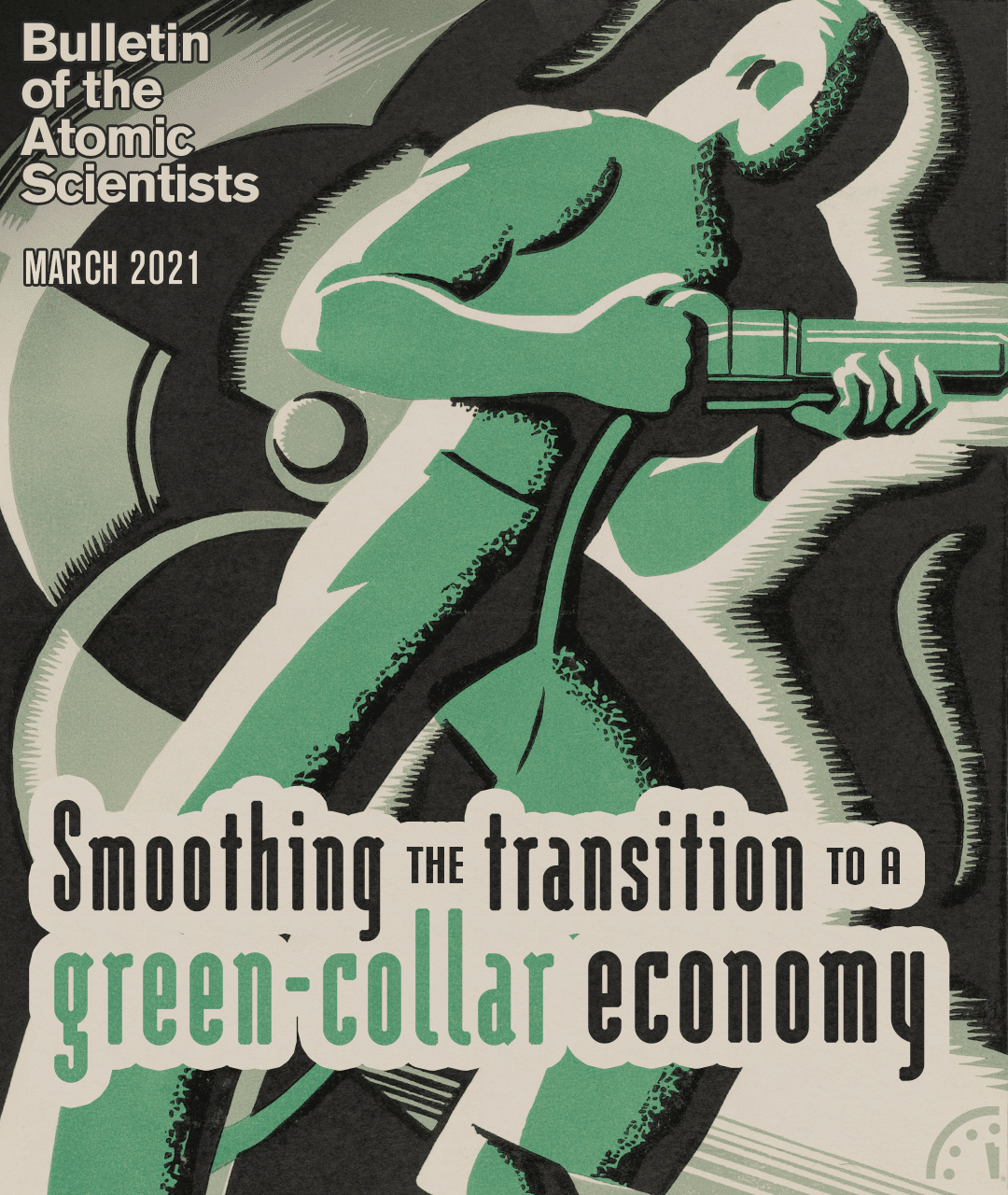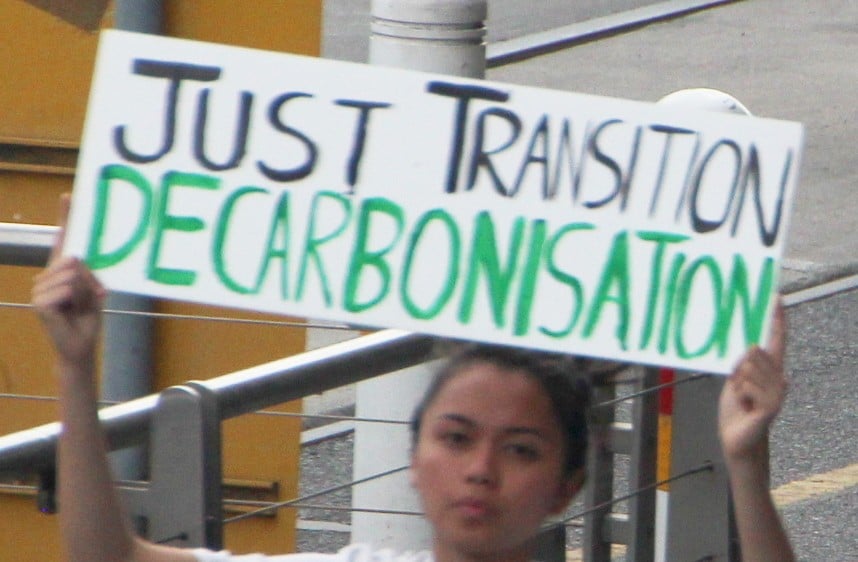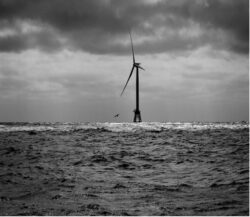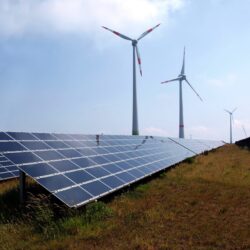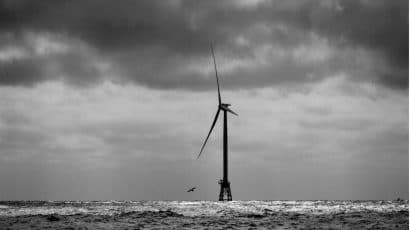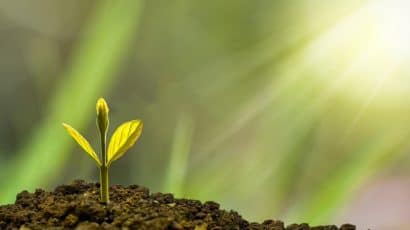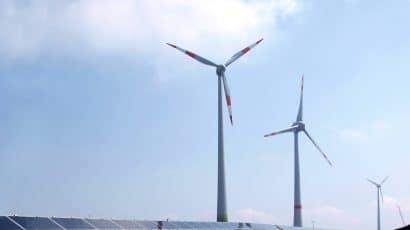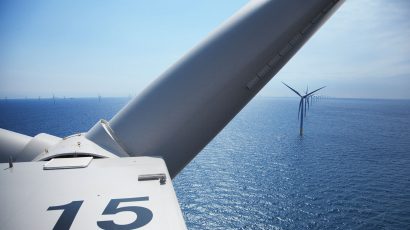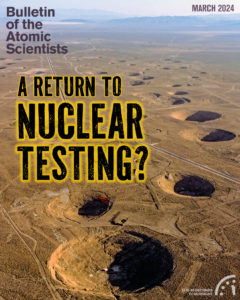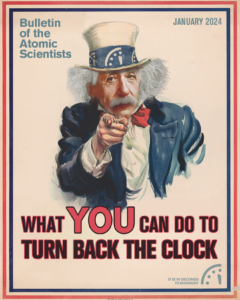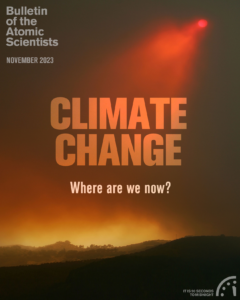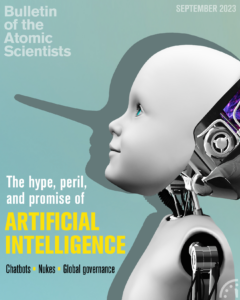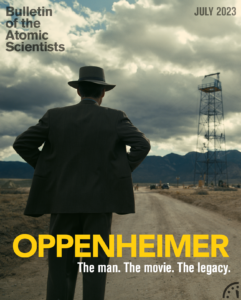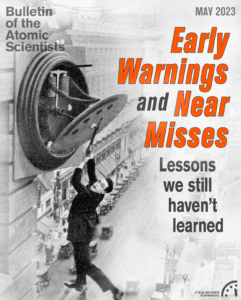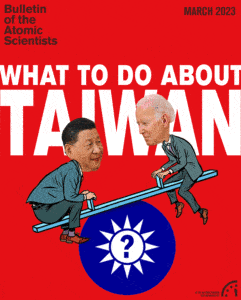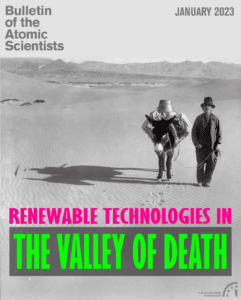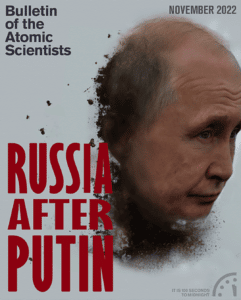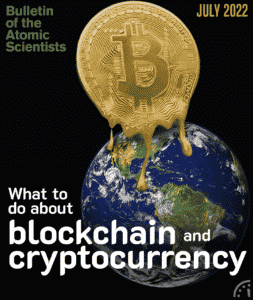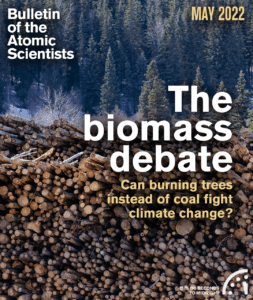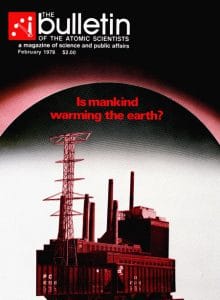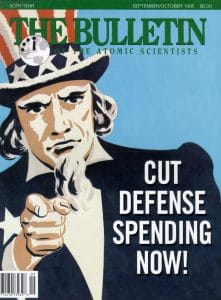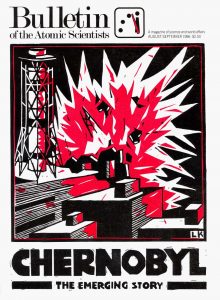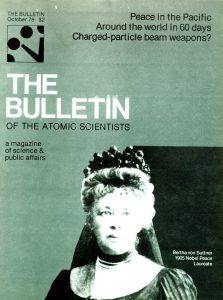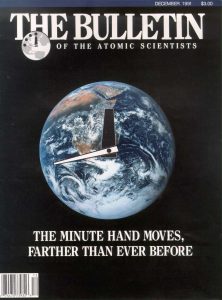DIGITAL MAGAZINE
March 2021
DIGITAL MAGAZINE
March 2021
Cover by Thomas Gaulkin (1937 WPA poster via Library of Congress)
Introduction: Climate action in the general interest
A just transition for US workers is within reach
Making the transition to a green economy: What is our responsibility as citizens?
Interview: CalPERS’ Anne Simpson on the climate change power of investment managers
In Germany, the energy transition continues
Tom Steyer on clean energy: It’s where the big money is going
Nuclear Notebook: How many nuclear weapons does Russia have in 2021?
A just transition for US workers is within reach
Making the transition to a green economy: What is our responsibility as citizens?
Interview: CalPERS’ Anne Simpson on the climate change power of investment managers
In Germany, the energy transition continues
Tom Steyer on clean energy: It’s where the big money is going
Nuclear Notebook: How many nuclear weapons does Russia have in 2021?
Cover by Thomas Gaulkin (1937 WPA poster via Library of Congress)
Subscribe now
We've relaunched the Bulletin's award-winning digital magazine. Get premium access for less than $5 a month.
Magazine archive
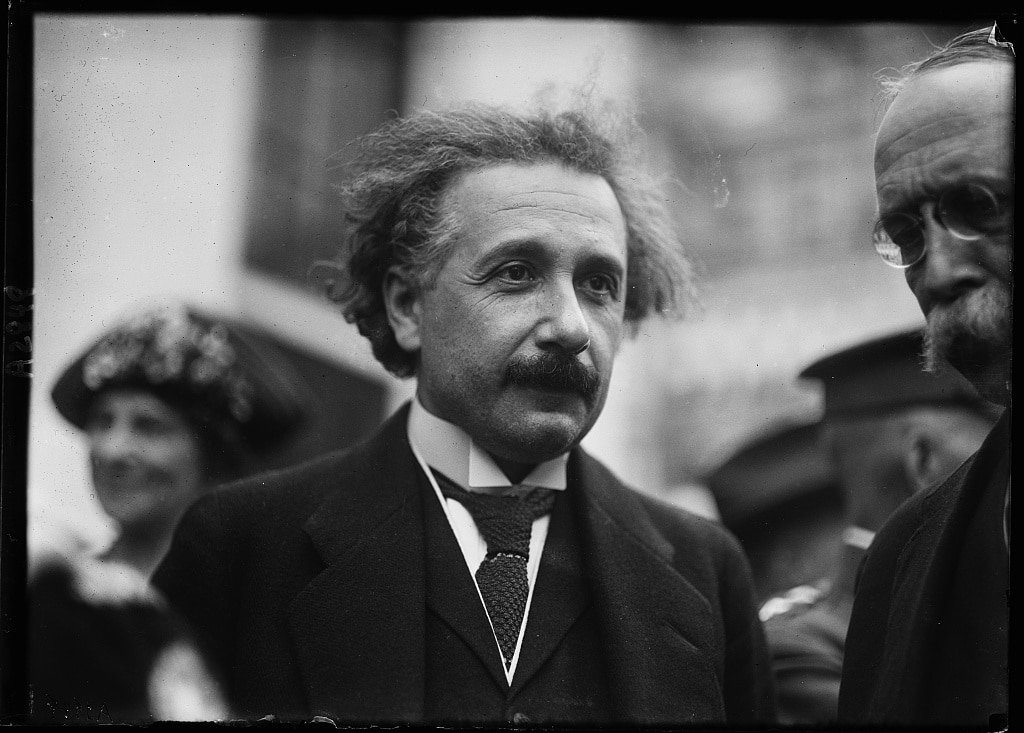
Premium subscribers can read the complete Bulletin of the Atomic Scientists’ archive, which contains every article published since our founding in 1945.
This archive was created in honor of John A. Simpson, one of the Bulletin’s principal founders and a longtime member of its Board of Sponsors. This searchable archive provides exclusive online access to original interviews and commentary by luminaries like Albert Einstein, J. Robert Oppenheimer, Ruth Adams, John F. Kennedy, Stephen Hawking, Christine Todd Whitman, US Secretary of Defense William J. Perry, and multiple Nobel laureates.
